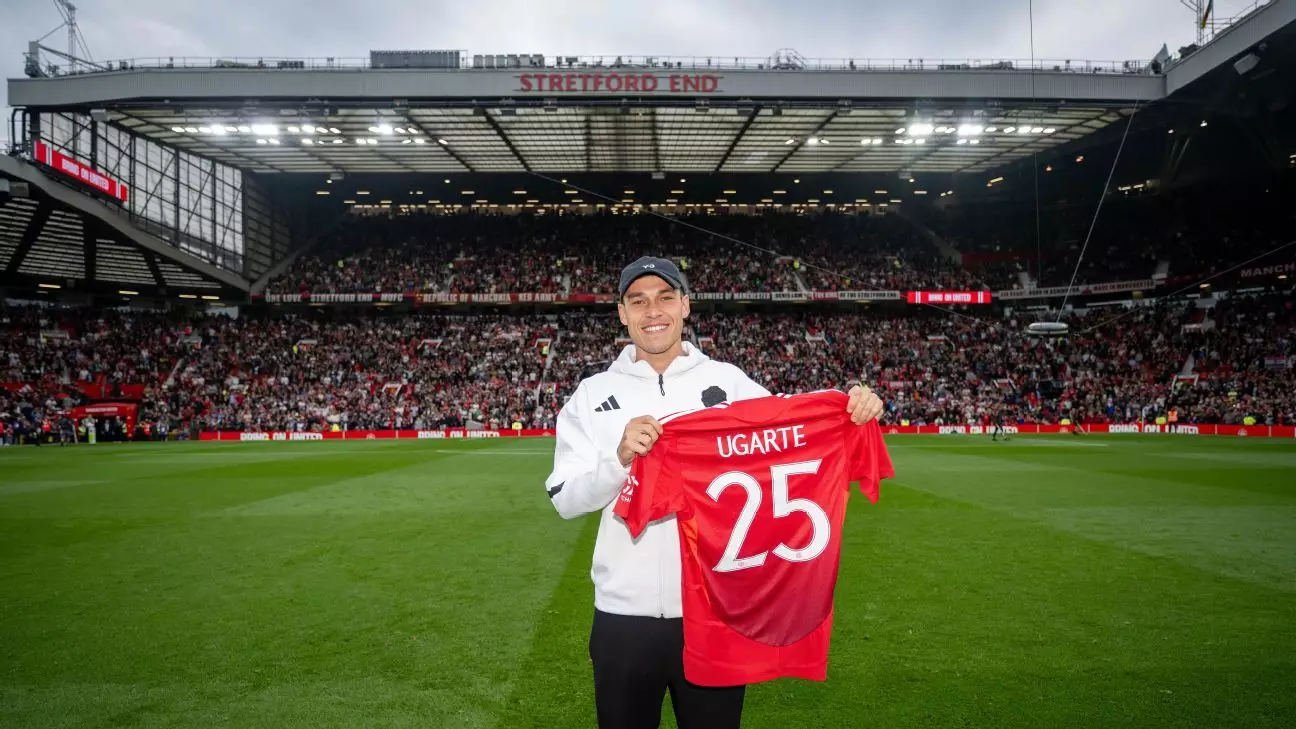The recent closure of the summer 2024 transfer window in the Premier League has shed light on a significant trend – a drastic decrease in net spending among clubs. The figures speak for themselves, with net spend plummeting by more than 40% compared to the previous year. This downward trend is indicative of a broader correction in the footballing market, signaling that clubs are now facing the consequences of years of overspending.
Delving deeper into the financial health of clubs, it becomes apparent that operating losses have more than tripled in recent years. From staggering losses in 2018-19 to even higher figures in 2022-23, the financial landscape of football clubs is looking increasingly precarious. Owners are being forced to inject capital into their clubs to keep them afloat, with the record-breaking owner funding in 2022-23 standing as a testament to the financial strain clubs are facing.
Investment Rationalization
There are three primary reasons why individuals invest in a business. Firstly, there are those who are willing to sustain losses due to their passion for the club or their long-term vision. However, this category represents a minority of club owners. Secondly, profitability is a crucial factor in investment, yet the Premier League is currently far from achieving this status. Lastly, the expectation of increased valuation in the future is a key motivator for investment, but recent precedents suggest that this may not be a realistic path for most clubs.
Football clubs traditionally generate revenue through match day receipts, broadcast revenue, and commercial deals. However, the growth in revenue has failed to keep up with the exponential rise in player wages. Match day receipts are reaching their saturation point, and broadcast revenue, despite being a significant income stream, is no longer experiencing substantial growth. The reliance on commercial revenue, while showing improvement, is also facing regulatory uncertainties that could impact its sustainability.
To navigate the challenging financial landscape, clubs are implementing various strategies to achieve sustainability. One such tactic involves reducing the financial burden of high-earning players through transfers or contract terminations. By reassessing their player recruitment strategies, clubs are focusing on long-term value creation rather than short-term gains. This shift in mindset is reflected in the increasing emphasis on young talent with potential resale value, as opposed to established players with high wages.
The Path to Profitability
Achieving profitability in football is not an insurmountable task. By strategically managing player contracts and transfer activities, clubs can gradually move towards a more sustainable financial model. The implementation of stringent financial regulations, such as the Premier League Profit and Sustainability Rules, serves as a catalyst for clubs to streamline their operations and prioritize financial stability.
Looking to the Future
While the current financial landscape of football may seem challenging, the long-term outlook remains positive. The adaptability of clubs to cut costs swiftly and the potential for revenue growth in the future bode well for the sustainability of the sport. By embracing financial prudence and strategic planning, football clubs can weather the current financial storm and emerge stronger in the evolving economic landscape of the sport.

Leave a Reply